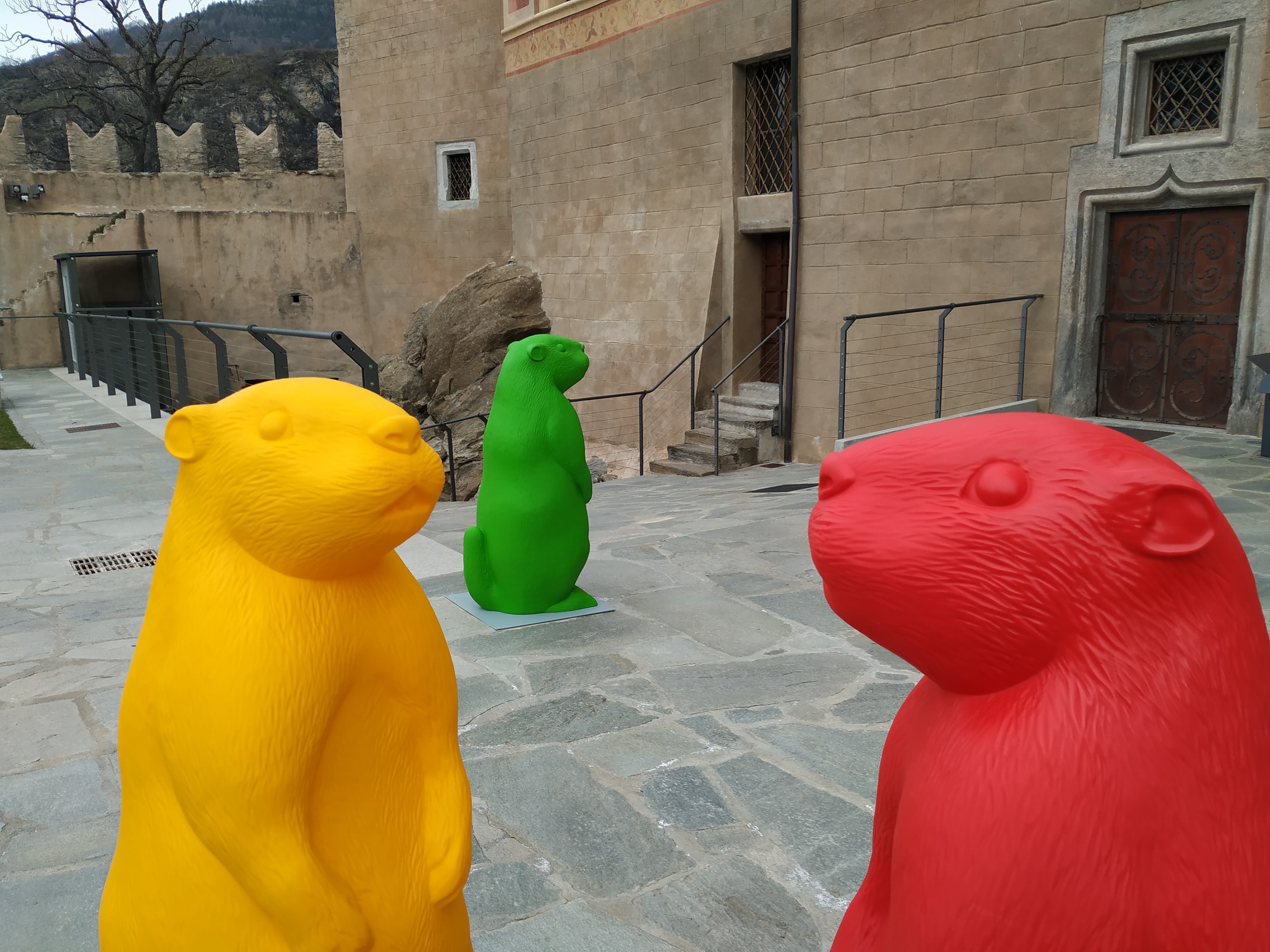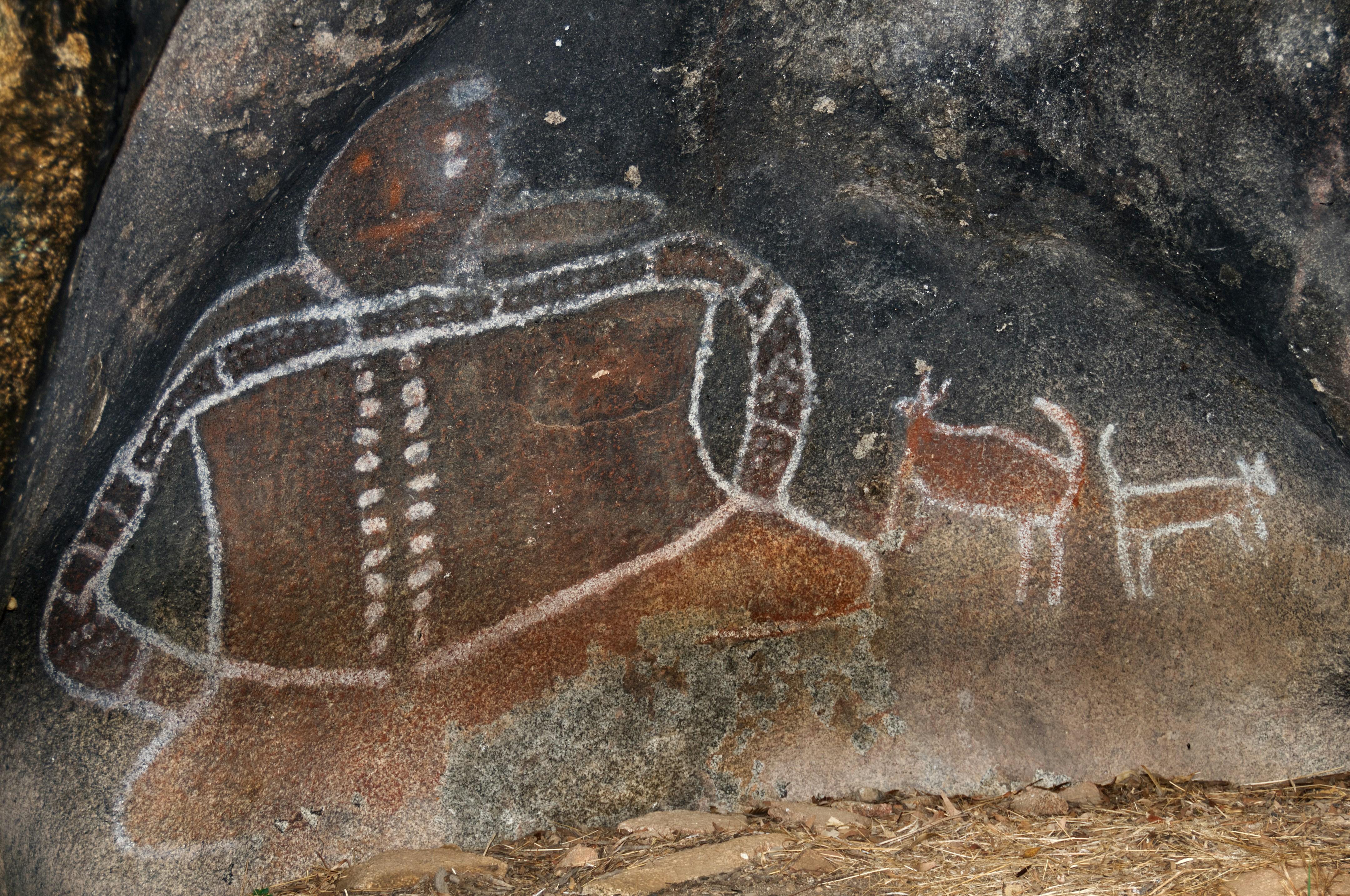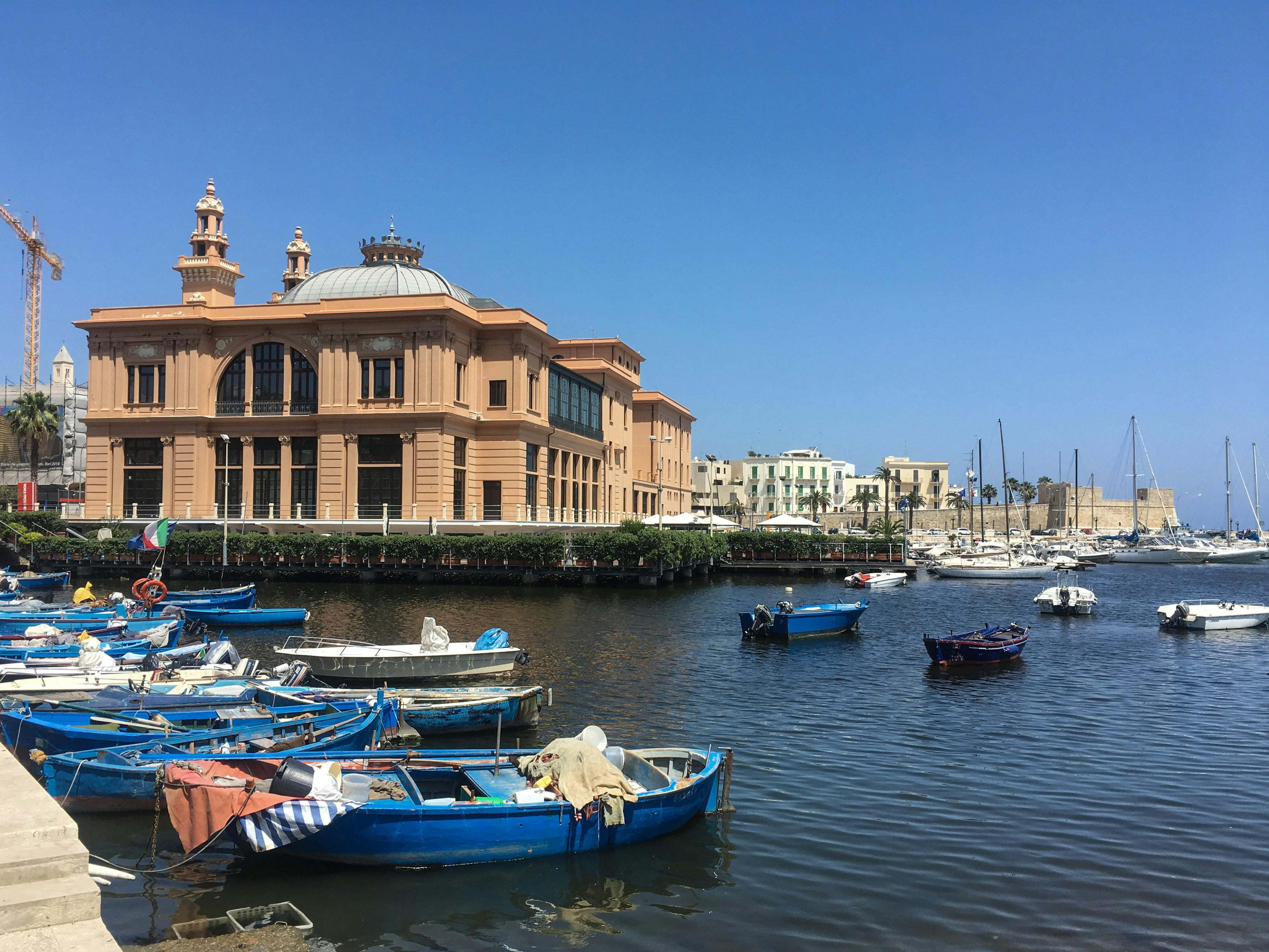The Alpine marmot: a rather static genome
Due to both direct and indirect effects of human activity, such as habitat destruction and fragmentation, overexploitation, and environmental pollution, which all contribute to climate change, the biological diversity of living things is fast declining.
As a valuable bio-indicator of an environment that is especially vulnerable to the effects of environmental and climatic changes, the Alpine marmot plays a significant role in the Alps ecosystem. This species also provides an excellent model for studying the behavioural and ecological dynamics that apply to social and hibernating animals i.e. animals whose vital functions slow down during the winter. (Pasquaretta C. et al., 2008).
Studying an organism’s genome – that is, all of its DNA, or genetic material – will help us comprehend biodiversity better. Nearly all the cells in mammals carry complete copies of their genomes, which are stores of all the information needed for an organism to grow and develop.
The genetic diversity of populations within a species can be inferred via DNA analysis, which also offers valuable insights into the populations’ conservation status. Populations with higher genetic diversity also typically exhibit better health.
Molecular genetic diversity causes variations in the DNA from one individual to another. It appears to use as many individual traits (shapes, colours, sizes, etc.), is inherited, impacted by reproduction, can be measured by analysing the total DNA or parts of it, and can grow or contract with time..
Genetic drift, inbreeding, and the bottleneck effect – a multifactorial and numerical contraction of a population’s individuals, typically associated with a negative condition in which organisms adapt with difficulty to environmental changes often caused by man – all contribute to a reduction in genetic diversity, which can result in the extinction of a species.
Conversely, a species’ ability to adapt to changing environmental conditions is typically linked to an increase in genetic variety within its populations.
Studi scientifici mostrano come la marmotta alpina rappresenti un’eccezione: ha una bassa diversità genetica, ma è ben equipaggiata per rispondere ai cambiamenti ambientali, tanto che è persistita per migliaia di anni in ampie popolazioni. Secondo l’International Union for Conservation of Nature and Natural Resources, lo stato attuale di conservazione della specie è fonte di minima preoccupazione (Least Concern – IUCN, 2008).
According to the 2020 article, Marmota Marmota, which was published in the reputable genetics journal Trends in Genetics (Gosmann and Ralser, 2020), the marmot that inhabits high altitude grasslands of the European Alps is a species with a genome of surprising characteristics. Unlike other species, it has a low evolution, one of the lowest genetic variations in the animal kingdom, while having a high molecular conservation. These characteristics are typically linked to falling populations, examples being mountain gorillas, the Iberian lynx and the polar bear.
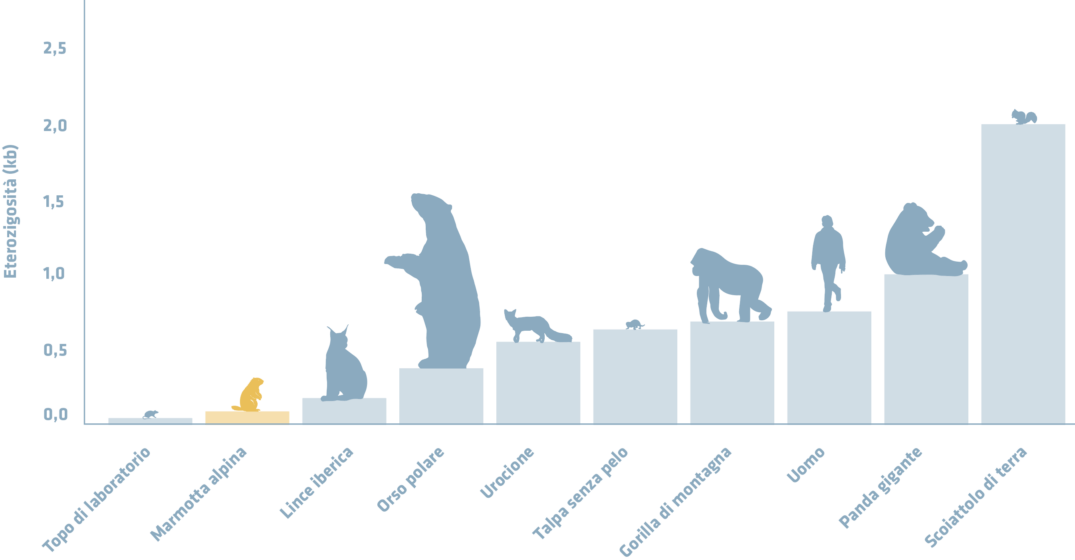
According to research on the genome and the low genetic diversity of the Alpine marmot (Gosmann et al., 2019), published in the scientific journal Current Biology, the modern-day marmot (Marmota marmota) that lives in the Alps shares a great deal of genetic and morphological similarities with the Holocene Lyskamm Marmot.
Regarding the species’ earliest ancestry, a phylogenetic analysis has shown that the marmots of the Pleistocene geological epoch – which preceded the Holocene – were big ground squirrels that quickly underwent diversification when the planet’s climate shifted to one that was drier, colder, and highly seasonal (Mills K. et al., 2023).
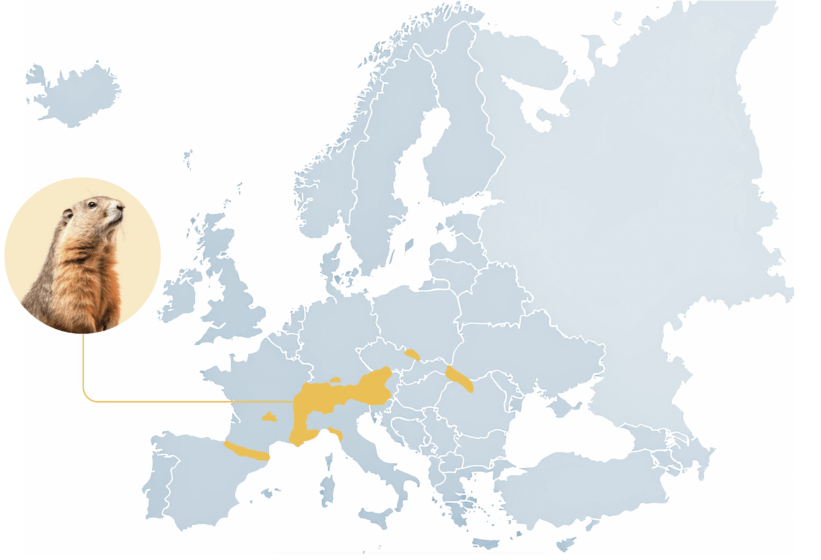
Currently the Alpine marmot faces no specific threats and is protected as a species. It is listed in Appendix IV of the Habitats Directive (92/43/EEC), Annex III of the Bern Convention, and Italian law (157/92) declares it to be non-huntable. It is also found in many protected areas across the territory (iucn.it).
However, it is foreseeable that, over time, climate change and particularly summer drought will have a detrimental impact on the overall distribution of Alpine marmot populations, based on recent research done on a population in the French Alps (Glad A. et al., 2022).
Further monitoring and scientific investigations will be necessary to evaluate the influence of climate on the species and to continue to uphold its protection.
Bibliography
Glad A., Mallard F. 2022. Alpine marmot (Marmota marmota) distribution evolution under climate change: The use of species distribution models at a local scale in the western Pyrenees massif (France). Ecological Informatics, Volume 69, 101646.
Gossmann T.I. and Ralser M. 2020. Marmota Marmota. Trends in Genetics.
Gossmann T.I., Achchuthan Shanmugasundram, Börno S., Duvaux L., Lemaire C., Kuhl H., Klages S., Roberts L.D., Schade S., Gostner J. M., Hildebrand F., Vowinckel J., Bichet C., Mülleder M., Calvani E., Zelezniak A., Griffin J.L., Bork P., Allaine D., Cohas A., Welch J.J., Timmermann B., Ralser M. 2019. Ice-Age Climate Adaptations Trap the Alpine Marmot in a State of Low Genetic Diversity, Current Biology, Volume 29, Issue 10, Pages 1712-1720.
https://www.iucn.it/scheda.php?id=1956302166
IUCN. 2008. European Mammal Assessment.
Mills K. K., Everson K. M. Hildebrandt K. B. P, Brandler OV, Steppan SJ, Olson LE. 2023. Ultraconserved elements improve resolution of marmot phylogeny and offer insights into biogeographic history. Mol Phylogenet Evol. 184:107785.
Pasquaretta C., Ferrari C., Labriola M. C., Dumont f., Von Hardenberg A. 2008. Progetto di studio a lungo termine su life-hystory individuale e dinamiche di popolazione in esemplari di marmotta alpina (Marmota Marmota) all’interno del Parco Nazionale del Gran Paradiso (Aosta). Hystrix, Italian Journal of Mammalogy.
Cover photo: Sangharsh Lohakare – DNA – Unsplash. Infographics: falzonestudio.eu.

Velca Botti Researcher - Autonomous Region of Valle d’Aosta
She has been a researcher at the Museum of Natural Sciences since 2013 and has a degree in medical, pharmaceutical and veterinary biotechnology from the University of Pavia. As part of the VDNA BarcodingResearch Unit she set up the first biotech lab in Valle d'Aosta equipped with a DNA sequencer. She performs genetic analyses in the fields of nature and biodiversity, agrifood and conservation of cultural heritage, planning, scientific dissemination and is the author of publications.



